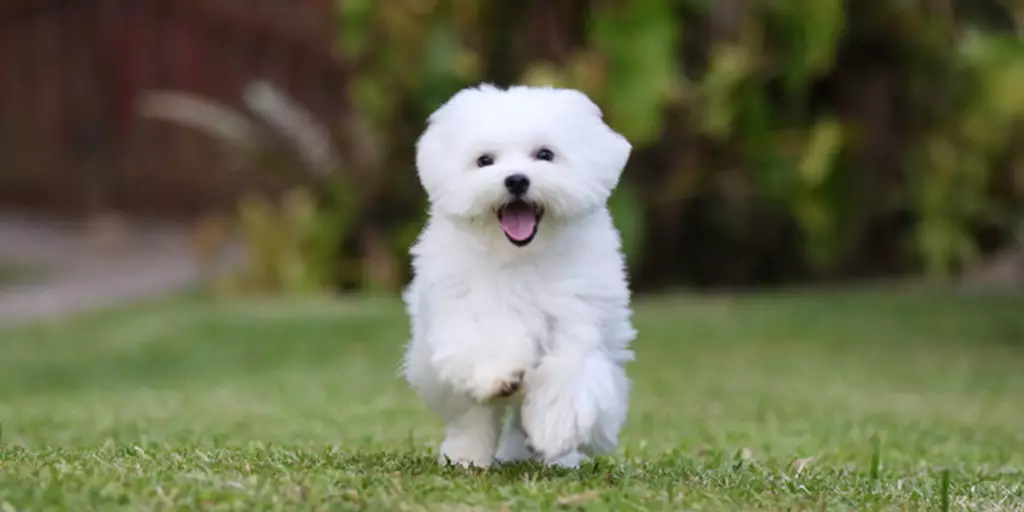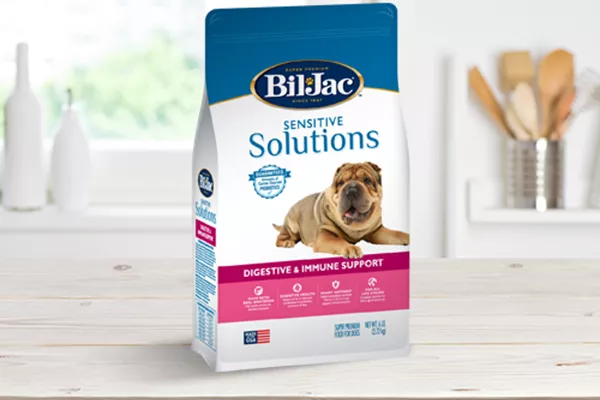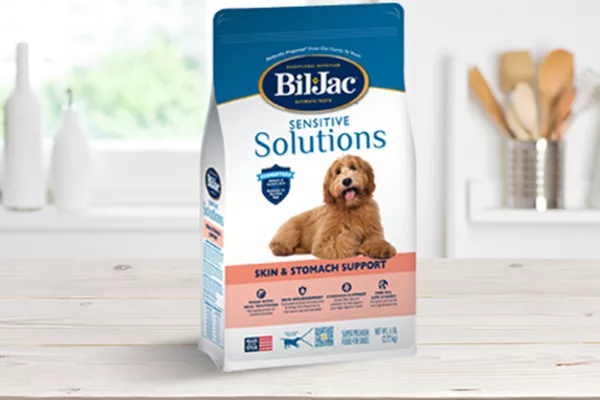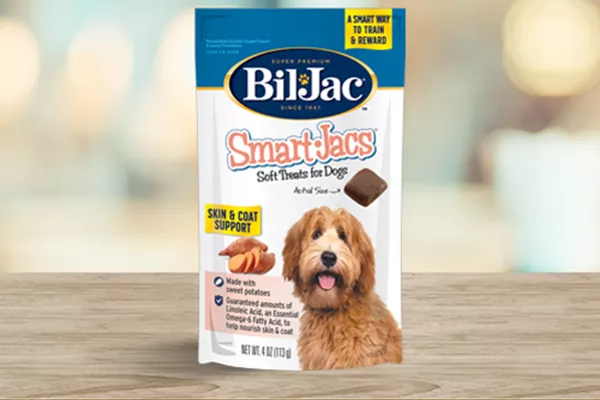Have you ever wondered what your dog really thinks about the food you feed him? Unless he clearly does not like the taste of the food you place in his bowl every day, there’s really no easy way to know how his diet is affecting his overall health and well-being. Fortunately, your dog does “leave behind” some key evidence to help show if he’s healthy or not: his poop.
Part of being the best pet parent possible is knowing as much as you can about his health. Knowing the scoop about your best friend’s poop is important, and there is a whole lot of information to be learned from the quality of your dog’s stool. For that reason, sharing some important and “easy to digest” information about your best friend’s poop should prove very helpful. It’s time for a crash course on doggie do-do.
Healthy Dog Poop: Five Key Factors
In general, there are five areas that can help you identify if your furry friend has healthy dog stool.
- Color
- Shape
- Consistency
- Size
- Content
Each of these factors can tell you if your best friend is feeling fine or may be dealing with some issues. Fortunately, a stool inspection is pretty simple once you know the basics.
It’s color
A normal, healthy dog poop color should mimic that of a brown, chocolate candy bar. Dogs who are fed Bil-Jac typically have darker colored stools because Bil-Jac’s formula incorporates high quality meat ingredients such as fresh chicken.
Of course, other colors may signify some potential issues. Dog foods with food coloring in them may leave colored specks in your dog’s stool. Red streaks or dark black hues may indicate potential bleeding. If your dog’s poop is not its typical brown, you should consult a veterinarian for advice.
The stool shape
The shape of your dog’s stool should look like a log. Does your best friend’s stool look more like a small ball or pebble? It could be a sign that he could be dehydrated and needs more water. Senior dogs, with arthritic hips, are sometimes unable to maintain regular bowel movements, which may cause them to drop small nuggets of stool when they walk or are at rest.
Its consistency
The normal consistency of dog stool should be like that of dough. It should be easy to pick up in its entirety, without its shape being significantly distorted in the process.
When you pick up your dog’s stool from the grass (using a bag or gloves, of course!), you should be able to pick all of it up, without any tracings left behind on the grass. It’s socially acceptable (if not expected) to pick up after your best friend in public places today. A good consistency of stool makes this job a lot easier. Our consumers tell us frequently that with Bil-Jac, dogs typically produce very consistent stools, and that makes life a whole lot easier.
If you notice that your dog’s stool is loose or runny, it could be a sign that your dog ate something he shouldn’t have. Your best friend may also have a sensitive stomach that doesn’t agree with certain ingredients in his current food. Bil-Jac Sensitive Solutions contains antioxidant nutrients Vitamins C and E to help support your dog’s immune system.
The size
Here’s an easy test – your dog’s stool should be consistent with and relative to the amount of food your dog eats. With that said, the size of a very small dog’s stool will be dramatically smaller than a large breed dog’s stool.
The size of dog poop should also be consistent for each individual pet. Have you noticed that you dog is having more frequent bowel movements? It could be that your best friend may not be appropriately digesting the food as well as he should. In this case, a switch to a better quality food might be the best solution.
The content
Your dog’s stool should be just that – and only that. Make sure to look at your dog’s stool closely. This examination can help you find any evidence if your dog is eating things he shouldn’t. If you do find anything out of place, it’s time to evaluate exactly what your dog ate and take steps to make sure he can’t sneak any contraband snacks in the future.
Get the Scoop on Your Dog’s Health
Sometimes your dog’s number two is the best way to see how your number one friend is feeling. With a little close examination, you can help identify if your dog is eating great and feeling well or if he needs some help.
Want to learn more about how you can support your best friend? Sign up for the Best Friends Club to receive our exclusive monthly email newsletter for more dog care advice, training tips, and special members-only discounts on Bil-Jac Dog Food, Treats, and other products.
Adapted from an original article by Donna Solomon, DVM, featured in the Huffington Post.




